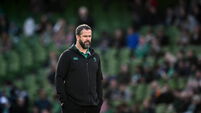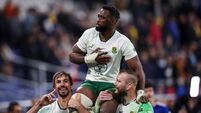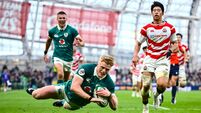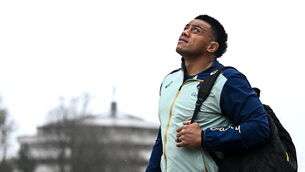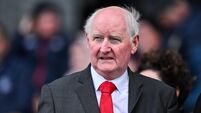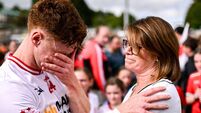Donal Lenihan: 'Lots of Irish plusses, and a few areas of concern'
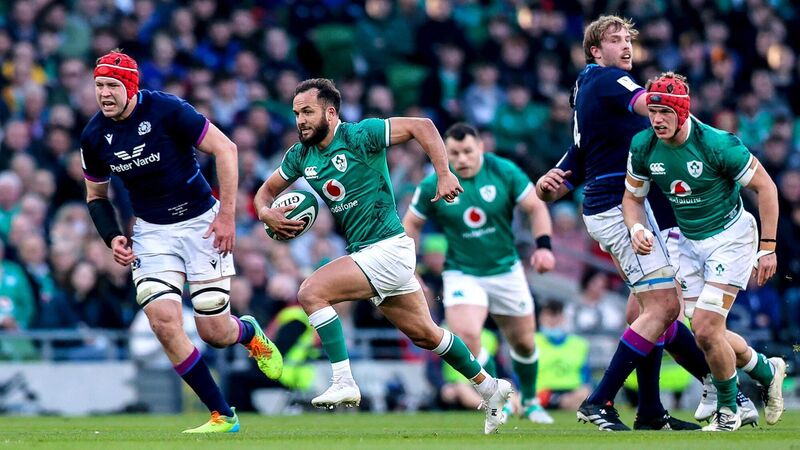
On the surge: Jamison Gibson-Park's further emergence has been one of the biggest positives for Ireland this spring. Pic: INPHO/Ben Brady
FINALLY, in his third Six Nations championship since taking over from Joe Schmidt, Andy Farrell got to sample a proper tournament, hosted in front of capacity crowds with all the inherent demands associated with performing in the likes of the Stade de France and Twickenham.
Finishing in the runners-up slot, behind eventual Grand Slam champions France, as Triple Crown winners, was a decent return given that Ireland topped the charts in terms of tries and points scored, 24 and 168 respectively, while at the same time boasting the tournament’s meanest defence with just 4 tries and 63 points conceded.


